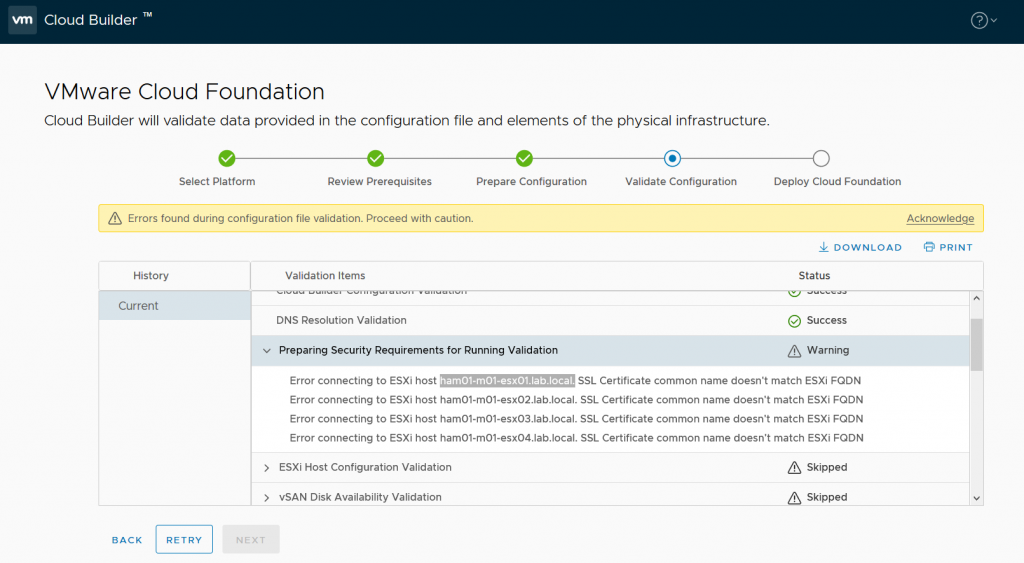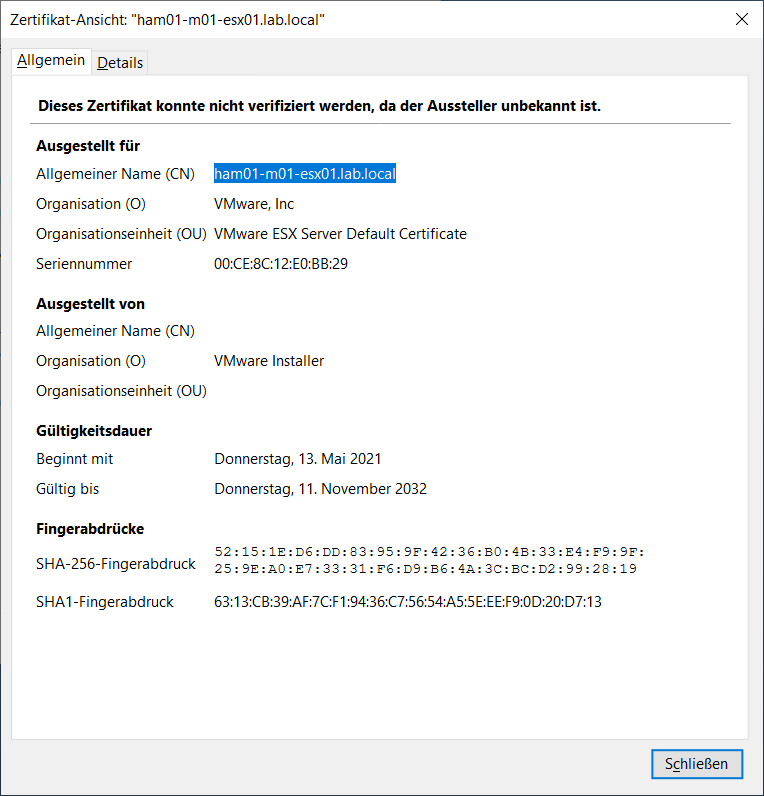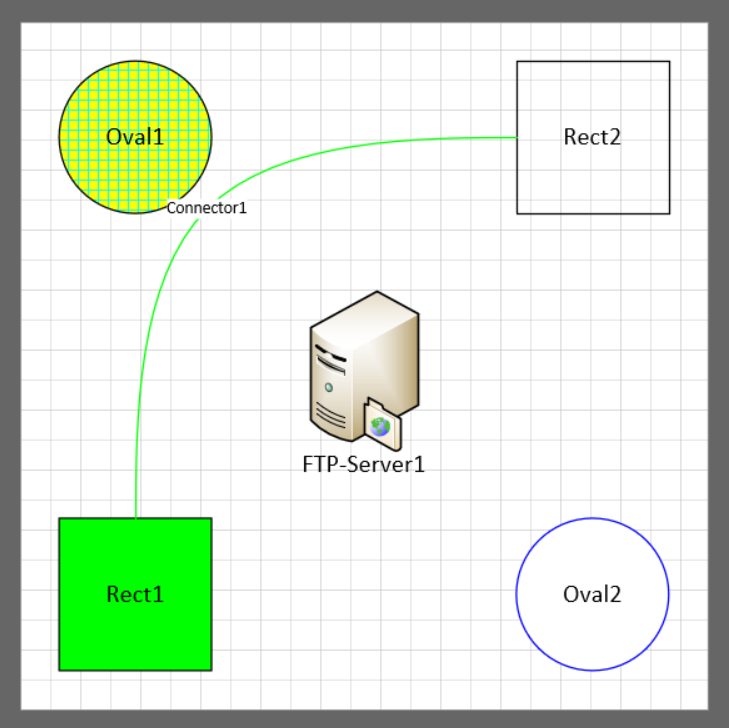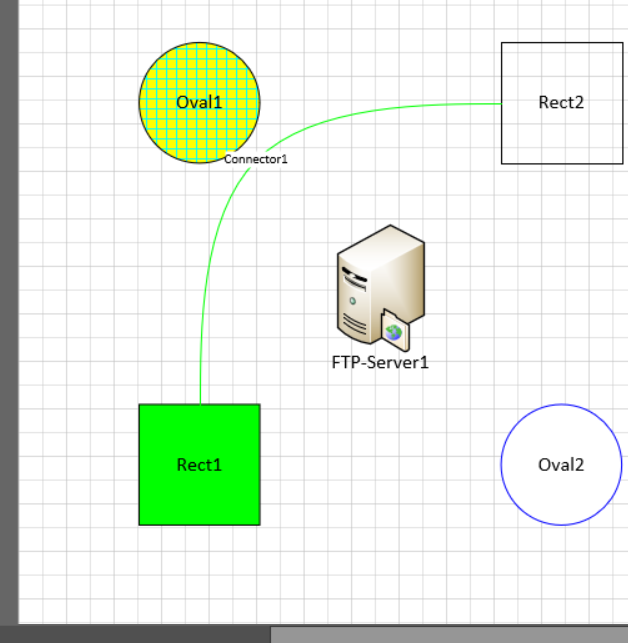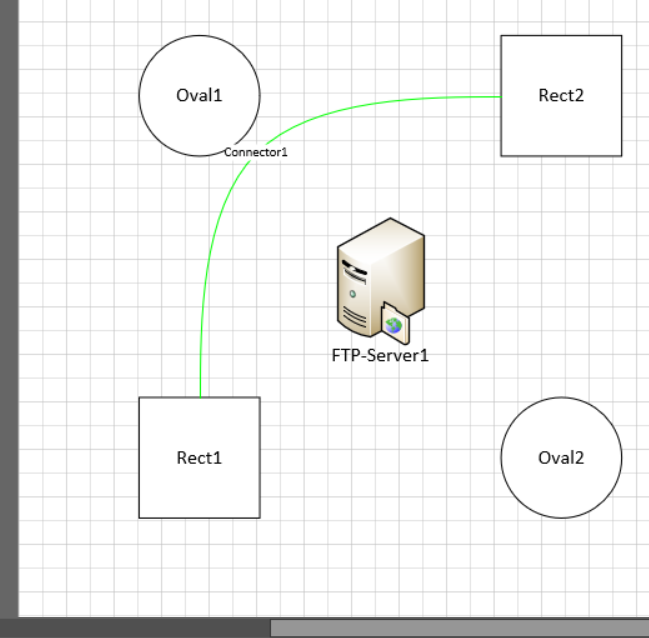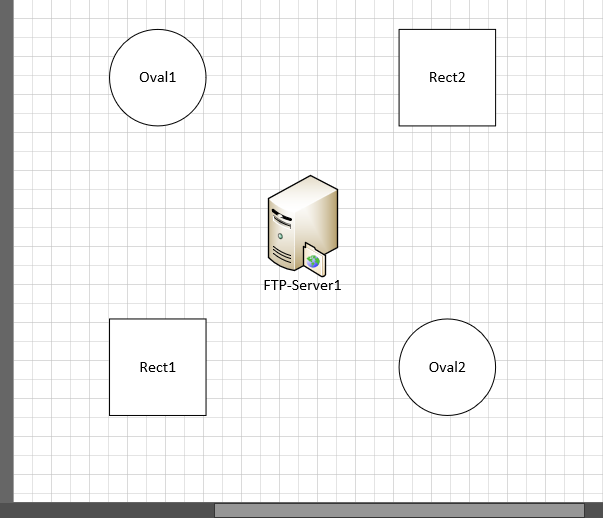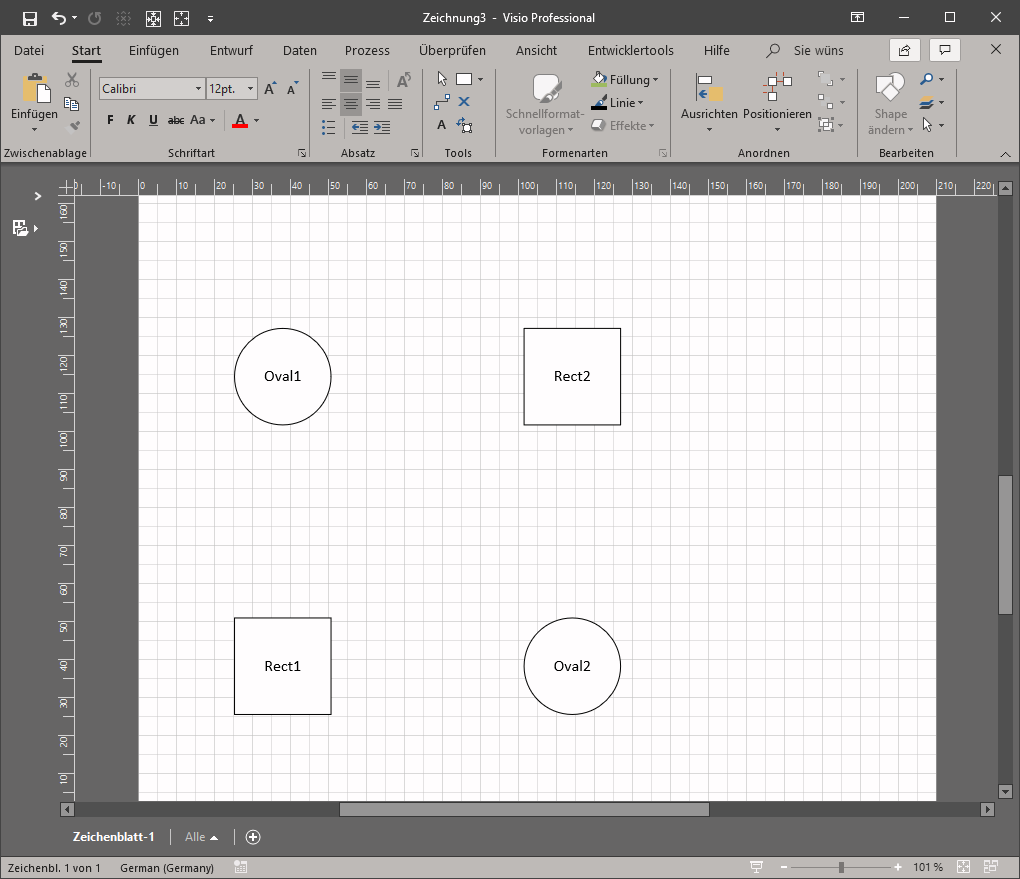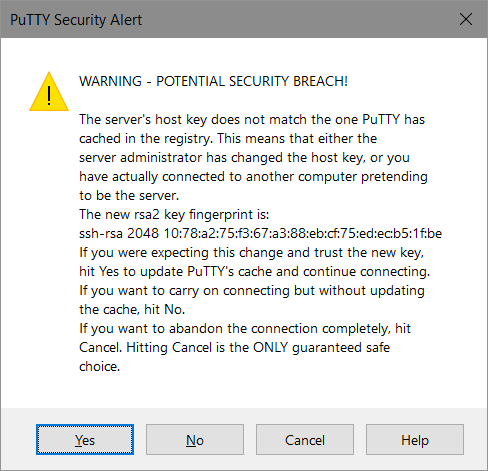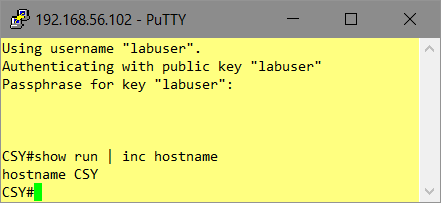Background
If you needed to pass some „Objects“ to a Power-Shell function you need the name of their Types.
Example
Four Parameters need to be passed to the function:
- two Objects
- VI-Server
- Virtual-Machine
- two Strings:
- diskName
- diskSize
function resizeVMDisk { Param([VMware.VimAutomation.ViCore.Types.V1.VIServer]$server, [VMware.VimAutomation.ViCore.Types.V1.Inventory.VirtualMachine]$vm, [string]$diskName, [string]$diskSize)
Algorithm
- Find an existing PowerCLI-Function which already uses the Object-Parameter you need.
In my case:
Get-VMHost
2) Pull the MetaData of this Command.
3) Display the „Attributes“ of the relevant Object-Parameter
4) Look for „Target Type List“
Result
„VM“ = [VMware.VimAutomation.ViCore.Types.V1.Inventory.VirtualMachine]
„Server“ = [VMware.VimAutomation.ViCore.Types.V1.VIServer]
Example
C:\LAB> $cmd = Get-Command -Module VMware.VimAutomation.Core -Name Get-VMHost
C:\LAB> $meta = New-Object System.Management.Automation.CommandMetadata ($cmd)
C:\LAB> $meta
Name : Get-VMHost
CommandType : VMware.VimAutomation.ViCore.Cmdlets.Commands.GetVMHost
DefaultParameterSetName : Default
SupportsShouldProcess : False
SupportsPaging : False
PositionalBinding : True
SupportsTransactions : False
HelpUri :
RemotingCapability : PowerShell
ConfirmImpact : None
Parameters : {[Name, System.Management.Automation.ParameterMetadata], [NoRecursion, System.Management.Automation.ParameterMetadata], [VM,
System.Management.Automation.ParameterMetadata], [ResourcePool, System.Management.Automation.ParameterMetadata]…}
C:\LAB> $meta.Parameters["VM"].Attributes
Position : -2147483648
ParameterSetName : SecondaryParameterSet
ValueFromPipeline : True
Mandatory : False
ExperimentName :
ExperimentAction : None
ValueFromPipelineByPropertyName : False
ValueFromRemainingArguments : False
HelpMessage :
HelpMessageBaseName :
HelpMessageResourceId :
DontShow : False
TypeId : System.Management.Automation.ParameterAttribute
TypeId : System.Management.Automation.ValidateNotNullOrEmptyAttribute
Critical : True
ContextPrincipalName :
ContextOptional : False
ContextRelationName :
TargetTypeList : {VMware.VimAutomation.ViCore.Types.V1.Inventory.VirtualMachine}
TransformNullOptionalParameters : True
TypeId : VMware.VimAutomation.Sdk.Util10Ps.BaseCmdlet.ObnArgumentTransformationAttribute
C:\LAB> $meta.Parameters["Server"].Attributes
Position : -2147483648
ParameterSetName : Default
ValueFromPipeline : False
Mandatory : False
ExperimentName :
ExperimentAction : None
ValueFromPipelineByPropertyName : False
ValueFromRemainingArguments : False
HelpMessage :
HelpMessageBaseName :
HelpMessageResourceId :
DontShow : False
TypeId : System.Management.Automation.ParameterAttribute
Position : -2147483648
ParameterSetName : ById
ValueFromPipeline : False
Mandatory : False
ExperimentName :
ExperimentAction : None
ValueFromPipelineByPropertyName : False
ValueFromRemainingArguments : False
HelpMessage :
HelpMessageBaseName :
HelpMessageResourceId :
DontShow : False
TypeId : System.Management.Automation.ParameterAttribute
Position : -2147483648
ParameterSetName : DistributedSwitch
ValueFromPipeline : False
Mandatory : False
ExperimentName :
ExperimentAction : None
ValueFromPipelineByPropertyName : False
ValueFromRemainingArguments : False
HelpMessage :
HelpMessageBaseName :
HelpMessageResourceId :
DontShow : False
TypeId : System.Management.Automation.ParameterAttribute
Position : -2147483648
ParameterSetName : SecondaryParameterSet
ValueFromPipeline : False
Mandatory : False
ExperimentName :
ExperimentAction : None
ValueFromPipelineByPropertyName : False
ValueFromRemainingArguments : False
HelpMessage :
HelpMessageBaseName :
HelpMessageResourceId :
DontShow : False
TypeId : System.Management.Automation.ParameterAttribute
Critical : True
ContextPrincipalName :
ContextOptional : False
ContextRelationName :
TargetTypeList : {VMware.VimAutomation.ViCore.Types.V1.VIServer}
TransformNullOptionalParameters : True
TypeId : VMware.VimAutomation.Sdk.Util10Ps.BaseCmdlet.ObnArgumentTransformationAttribute
